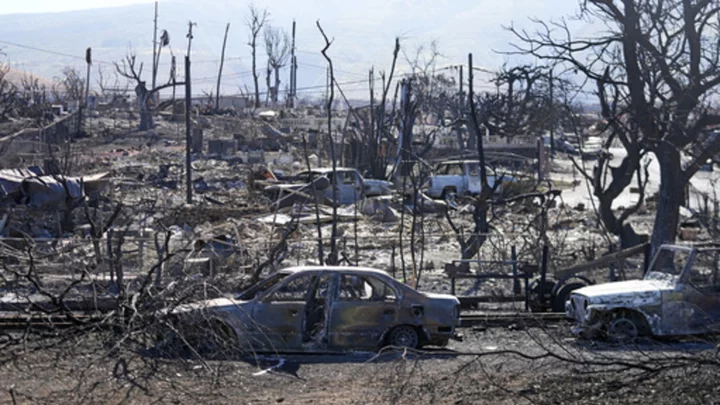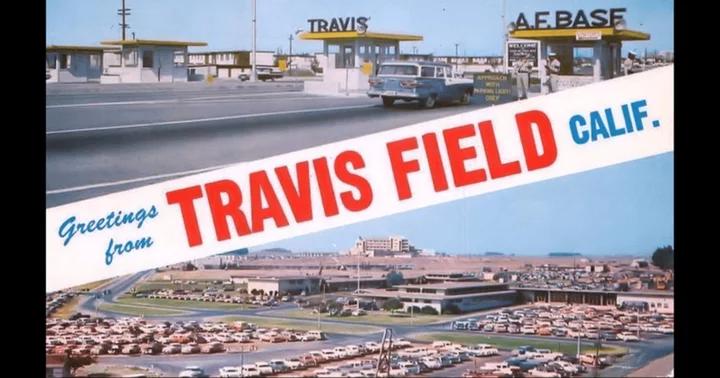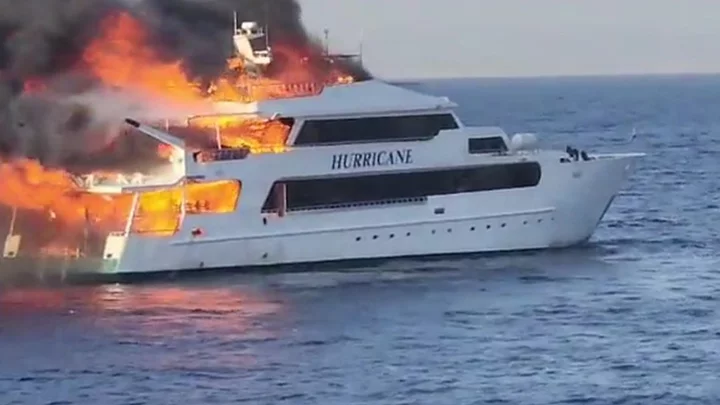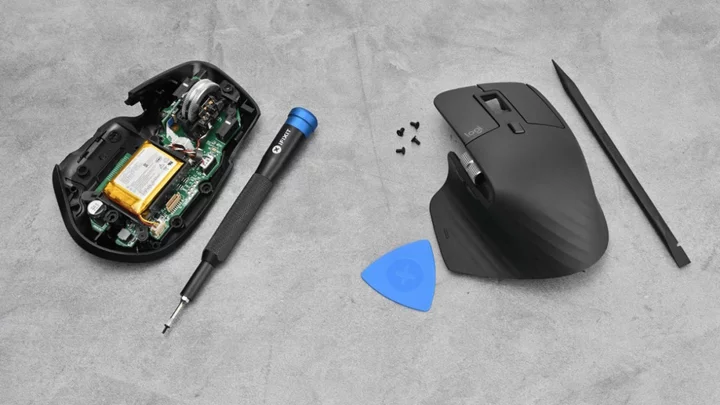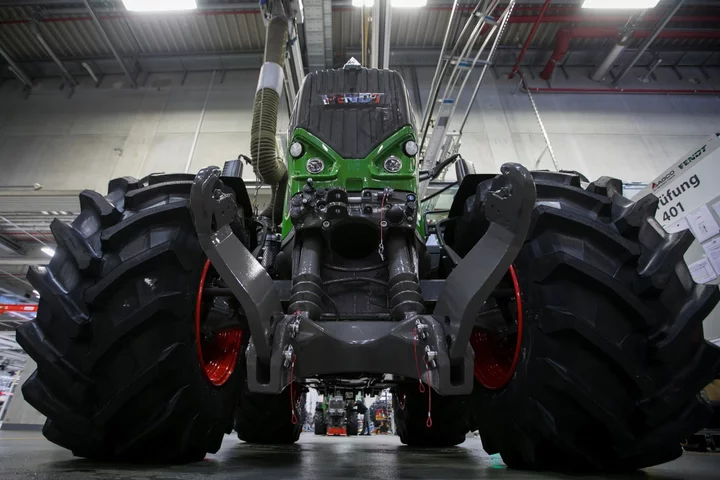LAHAINA, Hawaii (AP) — When flames swept through western Maui, engulfing the town of Lahaina, residents saw toxic fumes spewing into the air as burning homes, pipes and cars combusted, transforming rubber, metal and plastic into poisonous, particulate matter-filled smoke.
Retired mailman and Vietnam veteran Thomas Leonard heard a boom as a propane tank at a nearby home exploded, leaving a cloud that looked like “a gigantic mushroom” in its wake.
Thirty-seven year old Mike Cicchino, who grew up on Maui, said he could tell how close the flames were based on how far away cars sounded as their gas tanks erupted. He and his family sought refuge in the ocean across a knee-high sea wall and as he helped others onto the rocks, his rib cage ached, his eyes were nearly swollen shut and he vomited.
“It was like a war,” Cicchino said.
About 46,000 residents and visitors have flown out of West Maui since the devastation became clear last week, according to the Hawaii Tourism Authority. Officials are now mourning the deaths of more than 90 people and preparing the island, particularly Lahaina, for a long recovery.
In addition to lives lost, property damaged and a culture forever transformed, authorities are worried about returning to some parts of the island where toxic byproducts of the fire likely remain.
Residents of some parts of the island have begun returning home, finding melted cars, flattened homes and burnt elevator shafts rising from ashy lots where apartment buildings once stood. But even in places where the destruction has begun to subside, officials are warning residents that it remains too dangerous to return and Federal Emergency Management Agency officials are surveying the area for additional hazards.
“It is not safe. It is a hazardous area and that’s why experts are here,” Maui County Mayor Richard Bissen said in a news conference Saturday. “We’re not doing anybody any favors by letting them back in there quickly, just so they can get sick.”
Hawaii’s state toxicologist Diana Felton told Hawaii Public Radio that it could take weeks or months to clean up the pollutants.
Officials like Bissen and Felton have taken their cue from scientists who warn that fires — even once extinguished in a particular neighborhood or area — can leave lasting health hazards, including in the air and drinking water.
Such lasting effects could prolong recovery, compound residents’ agony and complicate the return of the island’s tourism-driven economy.
Maui water officials warned Lahaina and Kula residents not to drink running water, which may be contaminated even after boiling, and to only take short, lukewarm showers in well-ventilated rooms to avoid possible chemical vapor exposure.
Though others have returned, some residents, like JP Mayoga, are electing to stay away. Mayoga said on Sunday that he, his wife and two daughters planned to stay at the hotel where he works north of Lahaina because they worry toxic debris now covering Lahaina might negatively impact members of the family with sensitive health.
“It’s safer than it is at home right now,” he said of the hotel.
Unlike factory pollution or forest fires where scientists have a strong grasp about the kind of toxins emitted, fires like the one in Maui can leave a less unpredictable trail of destruction in their wake. As towns like Lahaina burn, propane tanks explode, pipes melt and oil spills.
“When you burn people’s belongings, vehicles and boats, we don’t necessarily have a good understanding of what those chemicals are,” said Professor Andrew Whelton, the director of Purdue University's Center for Plumbing Safety. “When much of that infrastructure burns, it’s transformed into other materials that are never meant for human contact.”
Whelton said airborne pollutants from smoke often fall to the ground and can require removal by emergency response teams to ensure they aren't kicked up and inhaled as people return to the burn areas. Melted pipes can compromise the water supply, a concern reflected in the unsafe water alert issued Friday for upper Kula and Lahaina.
Though these concerns may be less apparent than charred trees and homes, the invisible hazards can often extend beyond burned areas to wherever smoke plumes have traveled.
“If you go back into some zones even where maybe all the fires have been put out, you can then be really exposed. If there’s dust and debris kicked up, you can get it in your eyes, on your hands or you can inhale it,” Whelton added, imploring people to wear protective gear, cover their arms and legs and follow evacuation orders.
__
AP writer Matt Sedensky contributed. Metz reported from Salt Lake City.

